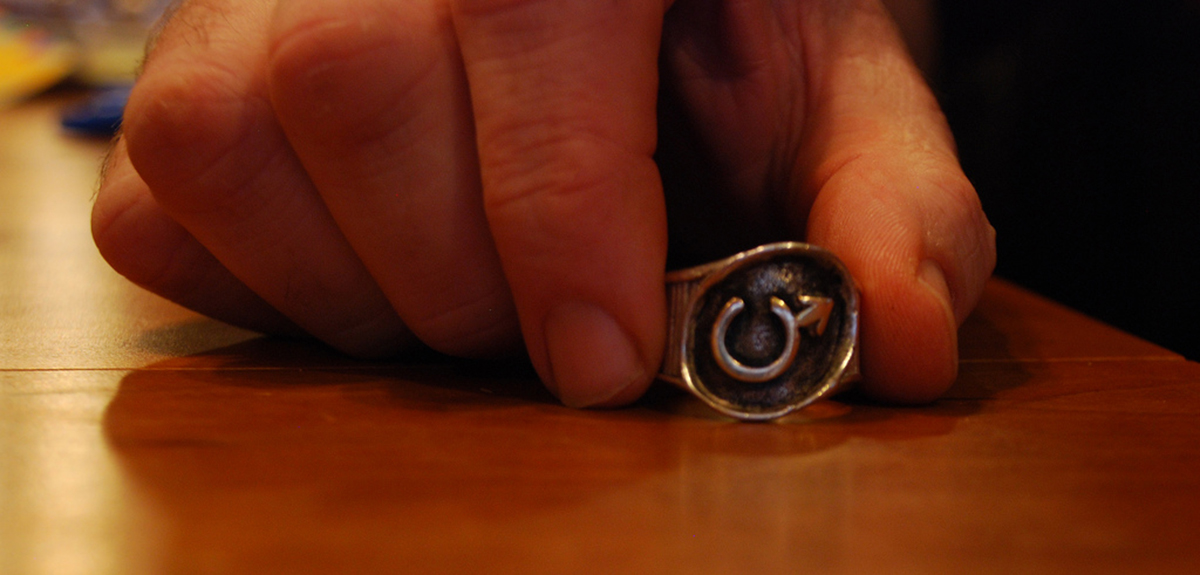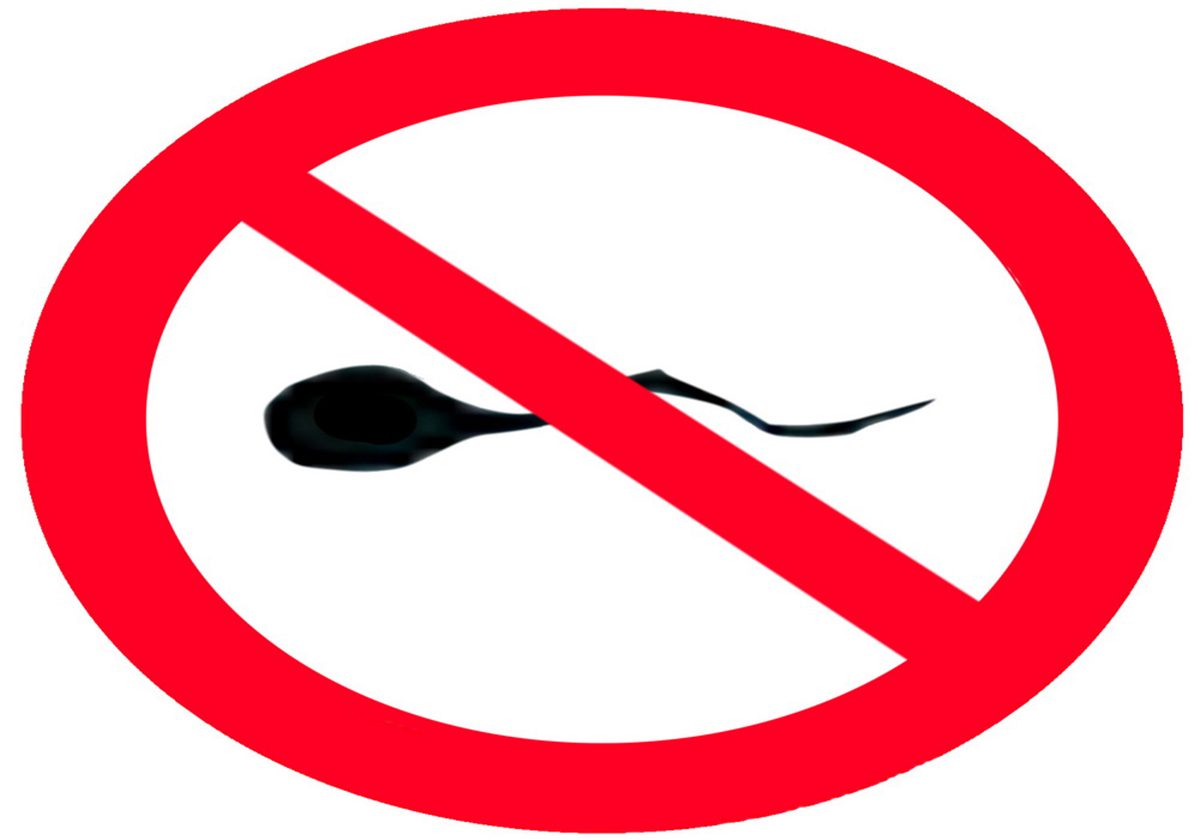The birth control pill, condoms, intrauterine devices, and other hormonal contraceptives can all serve you well for varying lengths of time. None of them are permanent, and all of them come with at least a slight risk of failure. Those who are very sure they are done having babies or those who don't want kids at all might want something more permanent, however.

Tubal Ligation
A tubal ligation — better known simply as "having your tubes tied" — used to be major surgery and therefore a pretty Big Deal. These days, it's usually done through laparoscopy. That means a small viewing instrument, the laparascope, is inserted through a tiny incision in your lower abdomen, so your surgical team can see what they're doing and they don't need to open your whole abdomen up. You may not even need general anesthesia for the procedure, and you'll probably be able to go home the same day.
The procedure won't take much longer than 30 minutes, though you will feel pain for a few days and will likely experience some vaginal bleeding. Some swelling is also normal. Your surgeon will advise you to take it easy for a day or so, and you'll be able to have sex as soon as it doesn't hurt — which is after about a week for most women. No backup birth control is needed!
Some women opt to have their tubes tied immediately after having a c-section, in which case the post-operative recommendations will be slightly different. You will, after all, really have had major abdominal surgery and you'll need to recover from pregnancy as well.
Though this procedure is known as having your tubes tied, the tubes can be burned closed or clamped as well as tied. The point of the operation is to make your fallopian tubes non-functional. You will still ovulate after the procedure, but egg and sperm no longer have the chance to get together. Though reversal procedures exist, they aren't guaranteed to be successful by any means. That means tubal ligation is only for women who are really very sure they never want to get pregnant (again).
See Also: Tubal ligation side effects
You may be slightly disappointed to hear that a tubal ligation isn't fail-safe. It is a very effective contraceptive and the big advantage is that you will not need to take pills every day or have a new IUD inserted every few years — but despite all the good things about tubal ligation, there is still a very small chance you'll end up pregnant. Depending on which sources you consult, the failure rate is about half a percent. Burning the tubes shut is most effective, and will give you about a one in 125 chance of getting pregnant within the first 10 years of having the procedure.
The final thing you'll want to know is how much a tubal ligation costs. If you're in the United States, this procedure will cost between $1500 and $6000, but most insurance policies will cover either a part of the procedure or the entire procedure.
Vasectomy And Tubal Implants
Vasectomy
A vasectomy is the male equivalent of a tubal ligation. The vas deferens, the tubes that carry sperm from the testicles to the penis, are disabled during a vasectomy. The vas deferens are cut and the two ends are stitched or burned closed in a traditional vasectomy. It is now also possible to have them clamped or clipped. The clamping or no-scalpel procedure is as effective as the traditional vasectomy, while the Vasclip procedure seems to be slightly less effective.

As with a tubal ligation, this small surgical procedure does not interfere with the general functioning of the person's reproductive system. A man who had a vasectomy will still produce sperm, but this can no longer be expelled during ejaculation. Instead, it's reabsorbed by the body.
The procedure takes between 20 and 30 minutes and is performed under local anesthesia. It can even be done by a family doctor and is less complex than a female tubal ligation. This is reflected in the price — between $300 and $1000.
Men who have just undergone a vasectomy will feel sore for a while. You can usually have sex after about a week, but be careful! Because sperm can still be present within the reproductive system and because you're not quite sure if the procedure was successful yet, you will still need to use a backup contraceptive. You can ditch that once your two-month follow-up appointment confirms your ejaculate is free of sperm.
While the wait may be a little annoying, it is good to know that a vasectomy is very effective indeed. The vas deferens manage to reattach themselves and let sperm through only in about one in 1,000 men who had the procedure.
Essure Or Adiana
Tubal implants are the latest development on the permanent birth control market. They don't require total anesthesia or surgery — your scarring will be totally limited to your fallopian tubes, which is the point of this procedure. Tiny, rice-grain sized implants are placed into the fallopian tubes with the help of a catheter. The implants irritate the fallopian tubes, scars form around them, and you'll have permanently blocked tubes.
See Also: Complications following Vasectomy
Women who have just had tubal implants will need to use a backup contraceptive for three months, after which an X-ray and dye will confirm that the procedure was successful at blocking the fallopian tubes. Once you know procedure was successful, only total abstention is a more effective birth control method. That also means that women who have had tubal implants have no hope of ever getting the procedure reversed — so think more than twice before you decide you really want this done.
- Photo courtesy of figleaf by Flickr: www.flickr.com/photos/figleaf/3099432038/
- Photo courtesy of mzacha by FreeImages : www.freeimages.com/photo/1182574

